Marvelling at Europe’s greatest cities
This article contains affiliate links. We may earn a small commission on items purchased through this article, but that does not affect our editorial judgement.
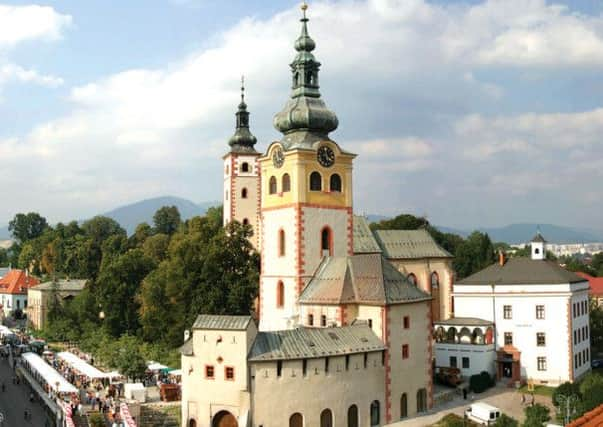

Europe is defined by its cities, those great settlements that come to symbolise the national identity of countries they represent.
Travelling through the continent’s eastern corridor offers fascinating possibilities, for these are lands built on shifting sands of history.
Advertisement
Hide AdAdvertisement
Hide AdRulers have risen and fallen, occupiers come and gone, borders drawn and redrawn, states joined and separated.
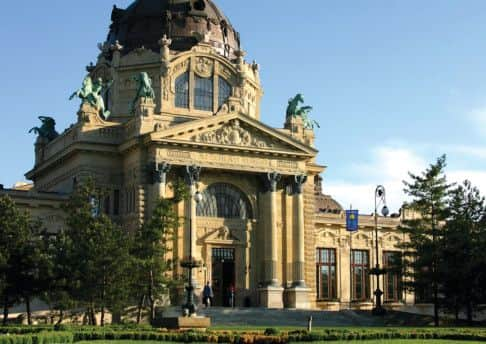

Krakow is a perfect start. Revelling in effortless beauty, its escape from destruction in World War II preserved a labyrinth of streets that often date to Medieval times.Wawel Castle dominates the city centre, like the tallest child in a school photograph.
North of the River Vistula, the Kazimiersz district presents rustic architecture, former synagogues and thoughts of a lost population.
The suburbs switch to Stalin baroque and the whole scene is made strangely more attractive beneath the grey of an overcast sky.
Advertisement
Hide AdAdvertisement
Hide AdJust outside the city, Wieliczka Salt Mine is a culture shock, the ornate decadence of its carved chandeliers contrasting with the mechanised muscle of its working. Walking almost two miles underground counts for one per cent of the complex, which is believed to be Europe’s oldest-working salt mine.
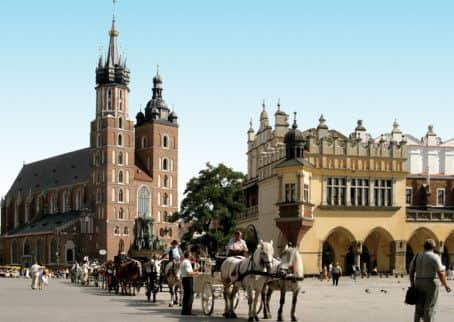

Head south from Krakow and you reach the High Tatras mountains, a geological wonder bridging Poland and Slovakia. They are the highest in the Carpathian range, where pine-clad ridges compete for attention with stunning peaks and dramatic waterfalls.
Views are like the Swiss Alps, with wooden chalet hotels and restaurants enhancing similarities. The air is so clear, hiking feels like a deep cleanse for your lungs, while weary limbs that descend rocky slopes are worthwhile.
Moving on and Spis Castle is reminiscent of the great Crusader fortifications found in the Middle East. Visible for miles, a fortunate view is looking across ploughed fields to see the giant structure illuminated by a shaft of light from between rolling clouds.
Advertisement
Hide AdAdvertisement
Hide AdRattling around Slovakia in old communist trains is the favoured mode of transport. They look iconic from the outside, while the interiors put most UK rail travel to shame.
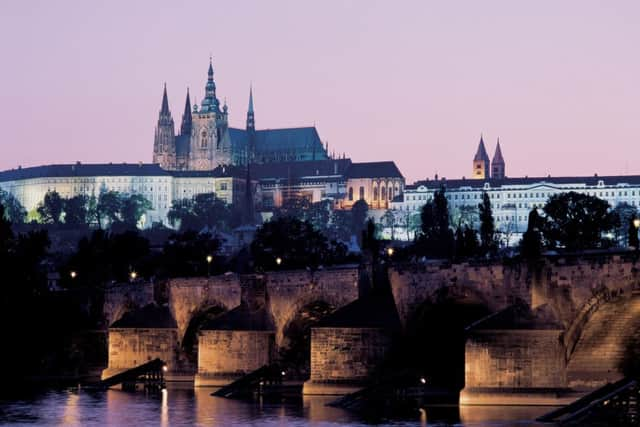

Banska Stiavnica is like a living museum to times past, so much so Unesco gave the town world heritage status in 1972. Intricate frontages stand next to churches, a castle and civic pomp along its steep, cobbled streets. The elevated hippy retreat of Cajovna Klopacka Tea House is perfect for surveying rooftops. Sip white tea and nibble sumptuous strudel, while contemplating the fact Banska Stiavnica is like a full-size version of William Clough Ellis’ Italian masterpiece at Portmeirion. Bratislava may be baby brother to neighbouring capitals, yet it has understated appeal. The picturesque old town is in stark contrast to the communist-era apartment blocks that divide the city with sledgehammer subtlety.
Further ideological remnants remain. Kofola is the communist cola developed when the capitalist version was banned behind the iron curtain. This cold-war beverage has now gained cult status, although its taste is more akin to dandelion and burdock.
Budapest is one of the world’s great cities, its edgy past concocting the kind of illicit magic that can make a place so alluring.
Advertisement
Hide AdAdvertisement
Hide AdThe city formed in 1873, when the settlements of Buda and Pest created an administrative union that straddled the Danube. For Hungarians, Budapest’s importance can’t be emphasised enough, for 20 per cent of the country’s population lives here.
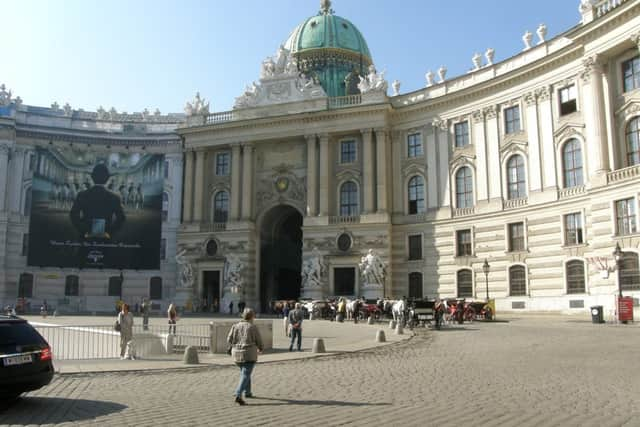

The river takes on mysterious character at night, the lights across its multiple bridges forming strings of pearls that reflect in the mysterious depths below.
The Ottomans and the Habsburgs both ruled Budapest, while National Socialism and the Soviets stamped totalitarian bootprints whose impressions remain.
Evidence of the 1956 rising, decisively crushed by Moscow, remains among pockmarked walls left as revolutionary reminder.
Advertisement
Hide AdAdvertisement
Hide AdBy the 1970s Hungary slipped into market forces, an economic system affectionately known as Goulash Communism. Now, Budapest is as cosmopolitan as anywhere.
Vienna is just 70 minutes from Bratislava by train. Former home to the 600-year Habsburg Empire, the Austrian capital bristles with baroque splendour.
The Viennese do grandeur on a grand scale and past opulence weaves seamlessly with modern architectural swagger. Walk around and you can smell centuries of wealth. It used to be gilt-edged facades, now it’s designer clothes hanging from designer people.
To the north east and across the Danube Canal, is Prater park and funfair, home to the 19th-century Riesenrad Ferris wheel.
Advertisement
Hide AdAdvertisement
Hide AdOne of the world’s oldest, it achieved cinematic immortality in Carol Reed’s film-noir masterpiece The Third Man.
It’s impossible not to hum the zither theme tune as the carriages, which resemble old railway cars, make their way to the top of a 20-minute cycle.
Time is of the essence in Vienna and the harsh truth is there is never enough. You could spend a week among the streets of Mozart and Strauss, struggling to scratch the surface. Tantalising tastes can only inspire second helpings.
Moving into the Czech Republic and you come to Mikulov. Czech poet Jan Skacel said the town was ‘a piece of Italy moved to Moravia by God’s hand’. Its spectacular chateau has been lovingly restored after near-destruction by Hitler’s retreating forces in 1945.
Advertisement
Hide AdAdvertisement
Hide AdJourney’s end was Prague, which has completed its switch from communist outpost to modern capital.
Political history is absorbing, especially when you realise an independent Czechoslovak Republic was only formed after the Habsburgs called it quits in 1918.
The Museum of Communism gives fascinating insight into the ideological switch this country has experienced. Communism wobbled in the Prague Spring of 1968, while the velvet divorce of 1992, three years after the velvet revolution, resulted in separate Czech and Slovak states.
If the commercialised throng of Wenceslas Square gets too much, take the underground north to Veletrzni Palace, which houses the national gallery’s vast collection of modern art. Much is Czech, although a room of Picassos should whet the appetite.
Advertisement
Hide AdAdvertisement
Hide AdAs night falls, glancing back over the Charles Bridge and towards the illuminated castle is one of those unexpected moments travellers can neither buy nor budget for. An appropriate coda to two weeks on the road.
Eastern Europe now has 20 years of stability under its belt, the longest period of calm for centuries. So drink in the past and toast the future of these remarkable cities and the cultures they symbolise.
Travel facts:
Details: Explore’s 14-day Krakow to Prague tour journeys through Poland, Slovakia, Hungary, Austria and The Czech Republic and costs from £1,323 per person, to include return flights; 13 nights’ hostel and hotel accommodation on a bed and breakfast basis; transport and the services of a tour leader, driver and some local guides. For further information, or to book, visit Explore or call 0844 4990901.
Three things to do:
1. Museum of the National Uprising in Banska Bystrica, Slovakia. This incredible display, housed in a striking building, relays the little-known narrative of Slovak rebels, who resisted the German occupation and their own government for supporting the Nazis when hostilities in Europe commenced.
Advertisement
Hide AdAdvertisement
Hide Ad2. Szechenyi Baths, Budapest. One of the largest thermal spas in the Hungarian capital. Built in 1908, the facility has 12 baths, five swimming pools and several saunas. Temperatures range from 18c to 40c, so you can have the hot-cold experience now favoured by top athletes. Outside, there is a large swimming pool, lounge pool and plenty of space to soak up the sun. Admission is £12 and you can stay as long as you like.
3. Cathedral of Saints Cyril and Methodius, Prague. A museum tells the story of seven Czechoslovakian agents, parachuted behind enemy lines during World War II to assassinate Final Solution architect Reinhard Hydrich, who was also responsible for a reign of terror in the Czech capital. Betrayed by a colleague, the paratroopers were besieged in the church. The crypt, where they made a last stand before taking their own lives, is an incredibly-moving experience.